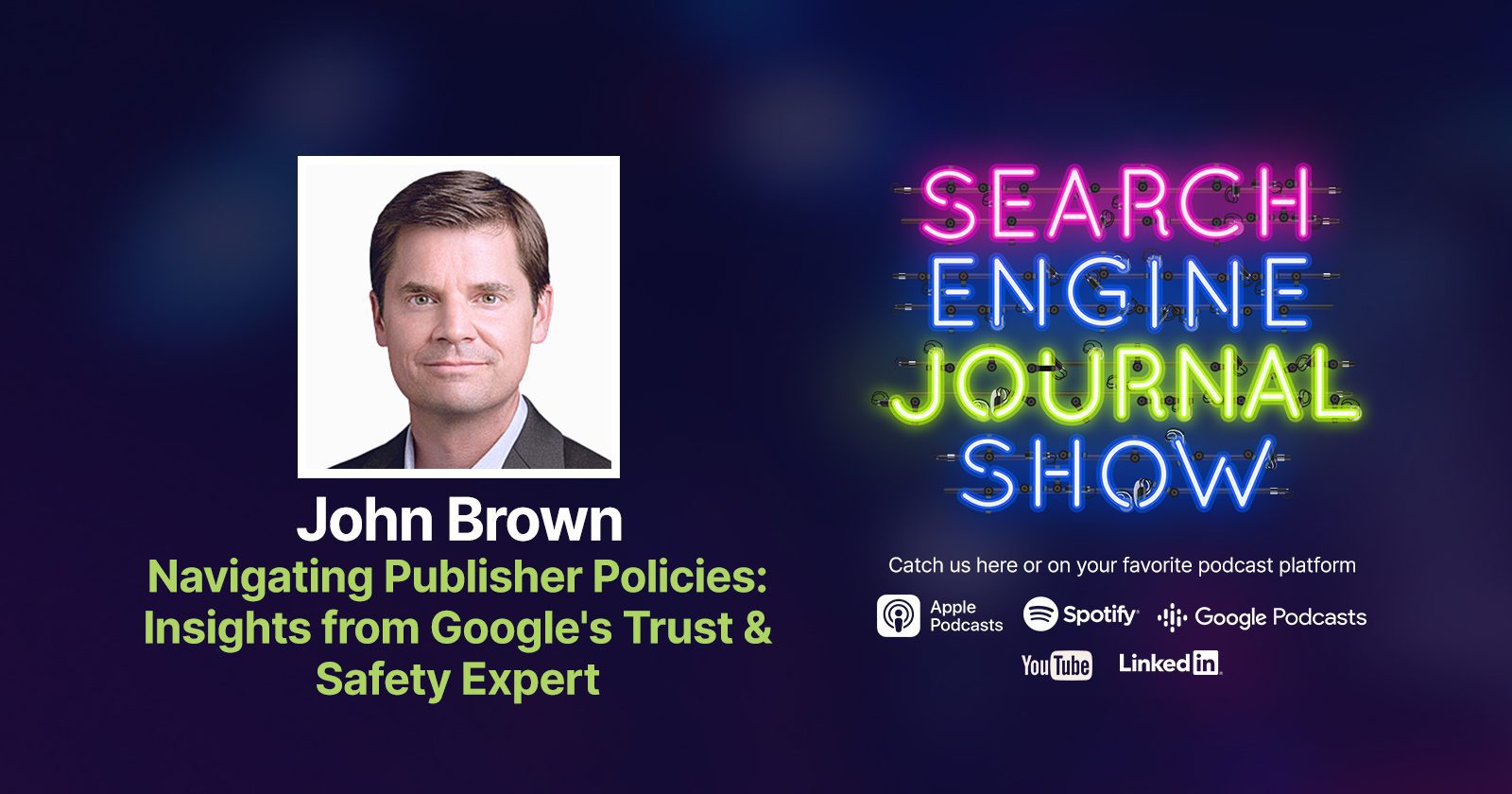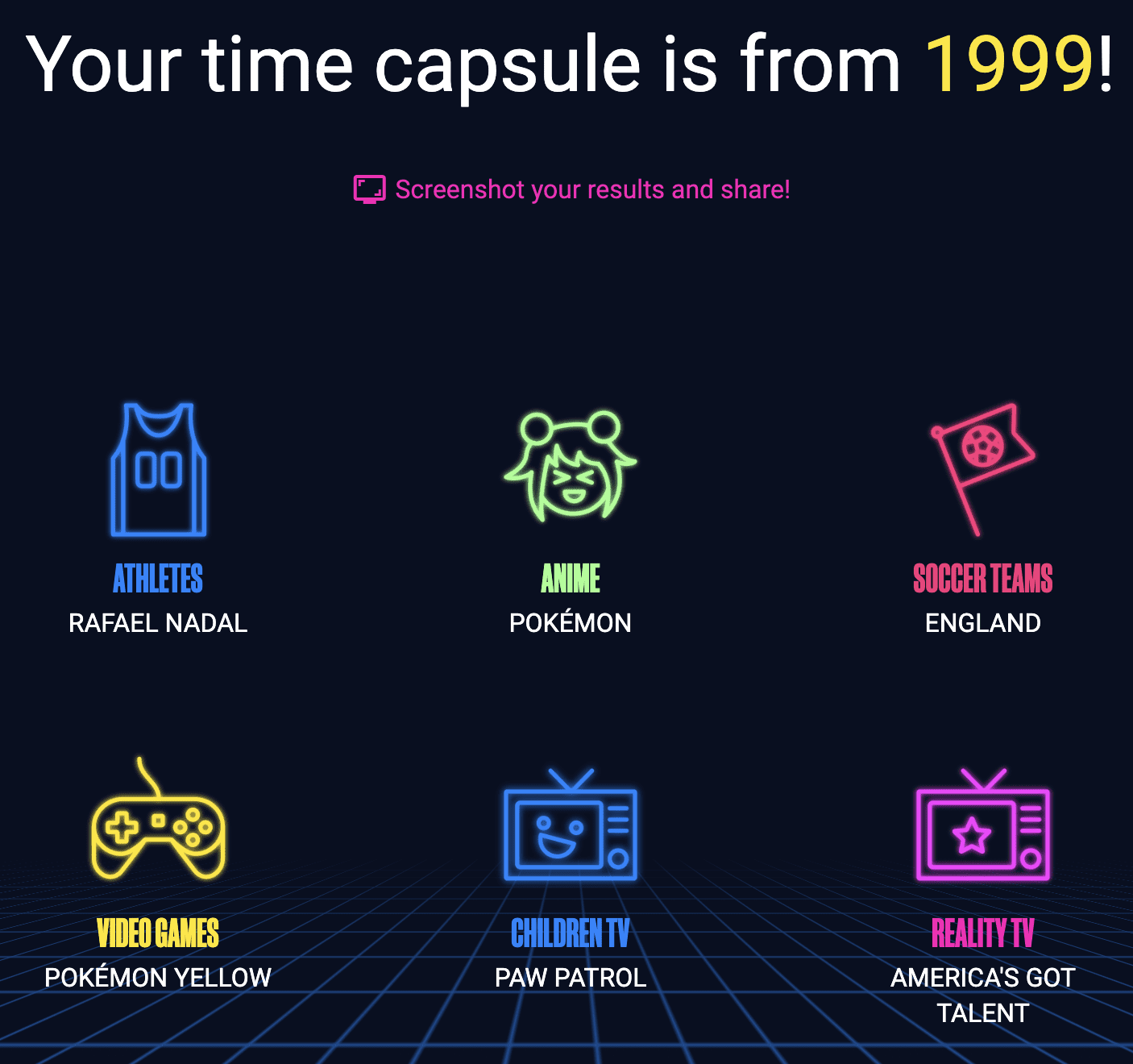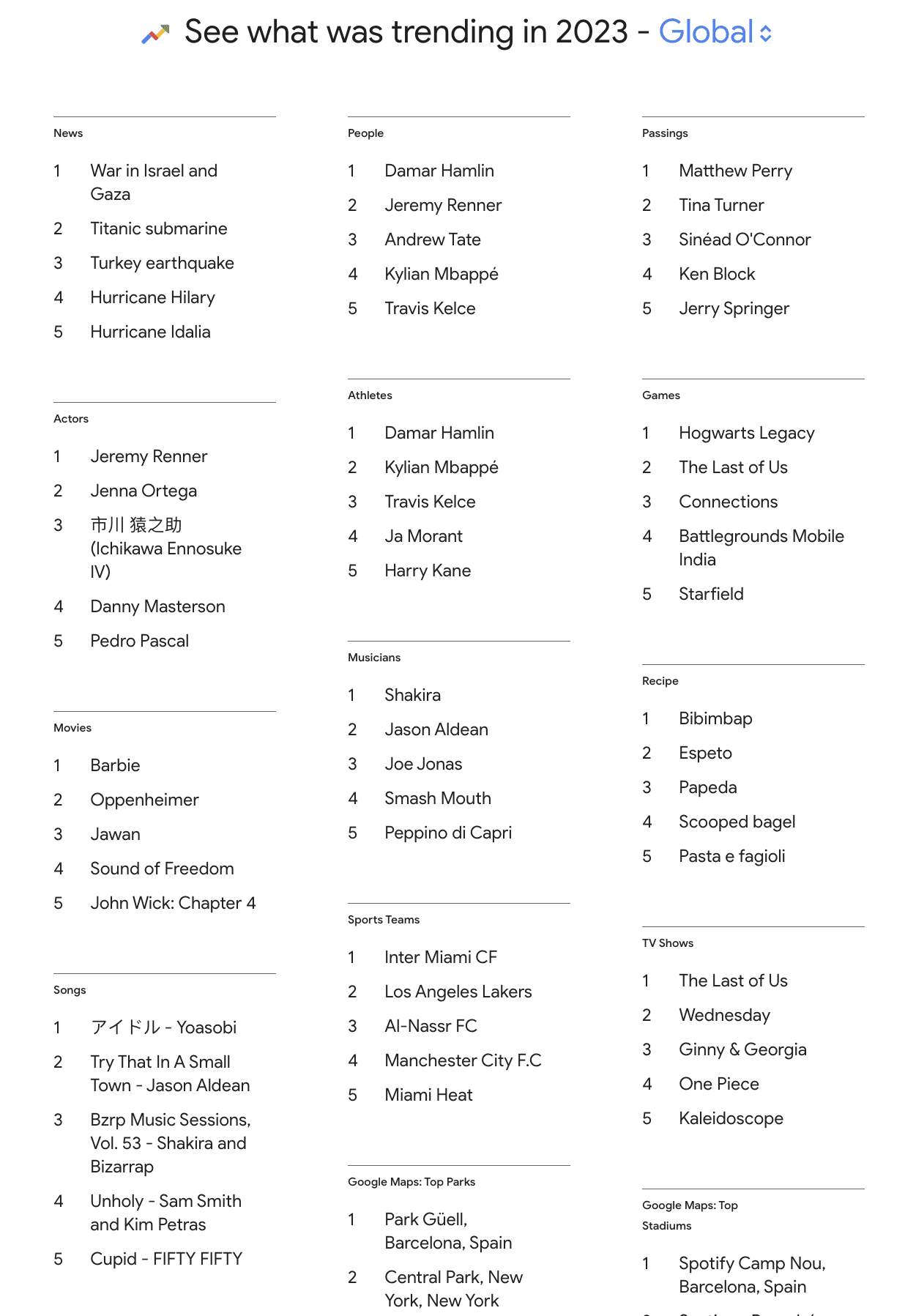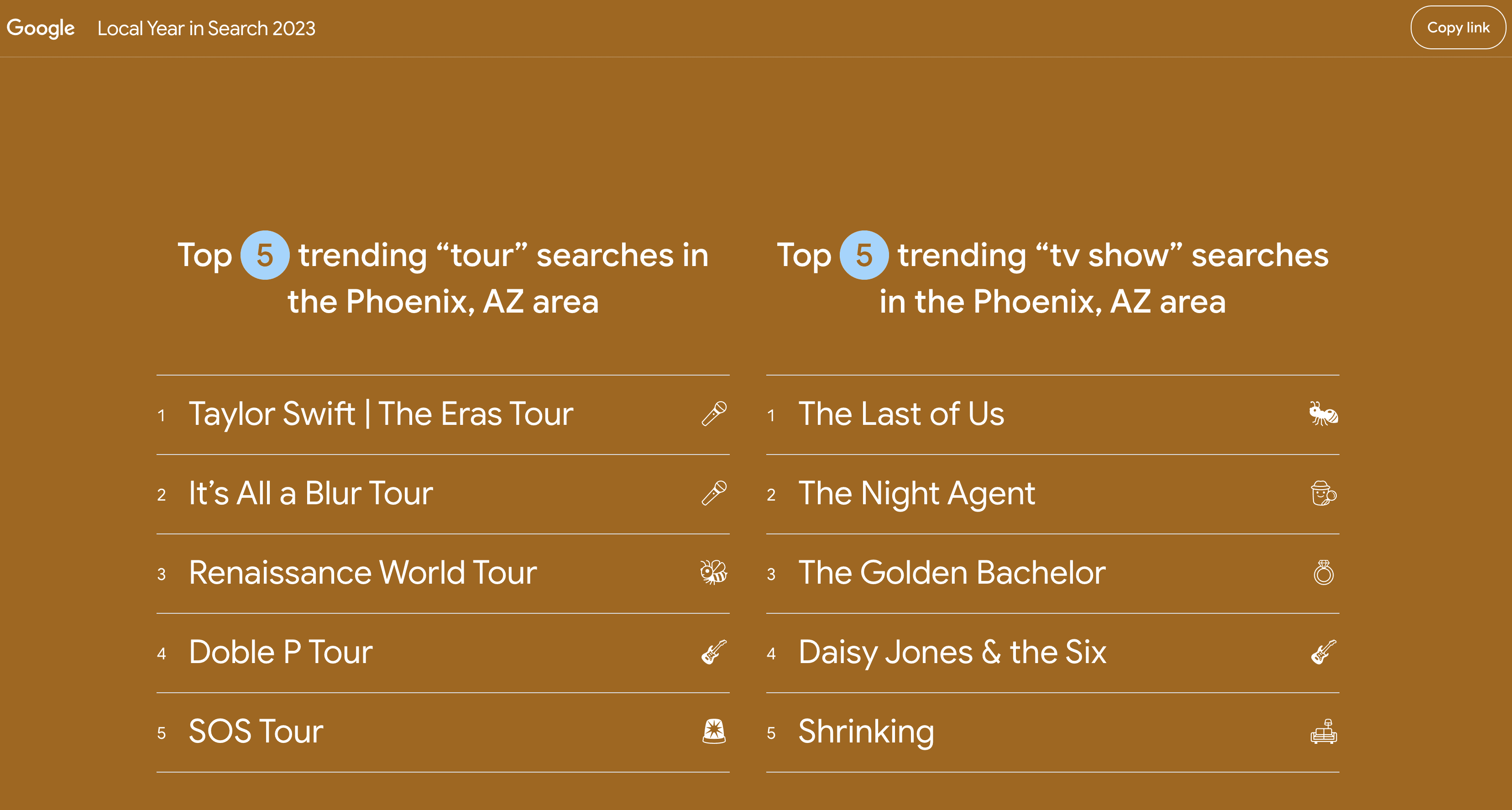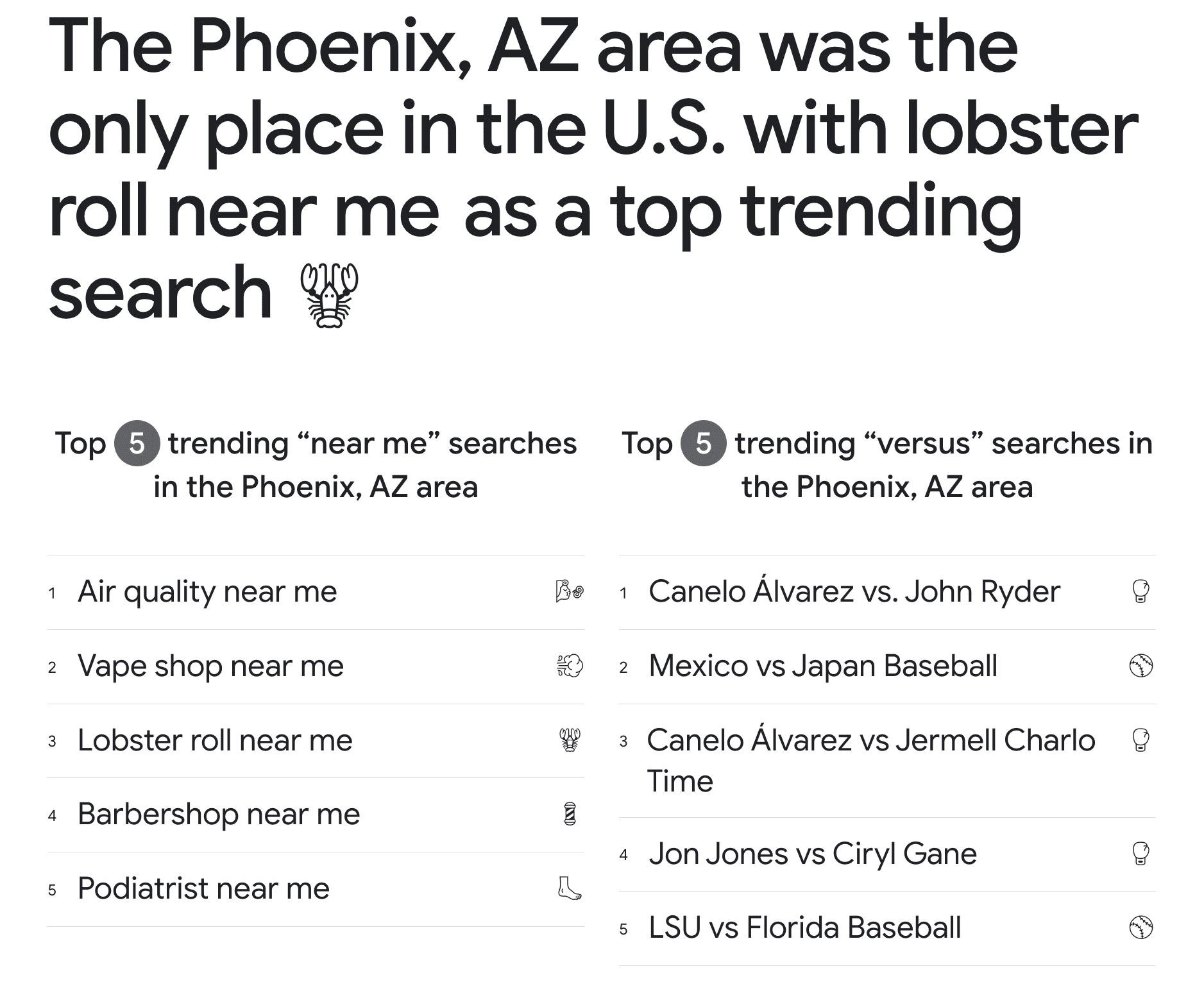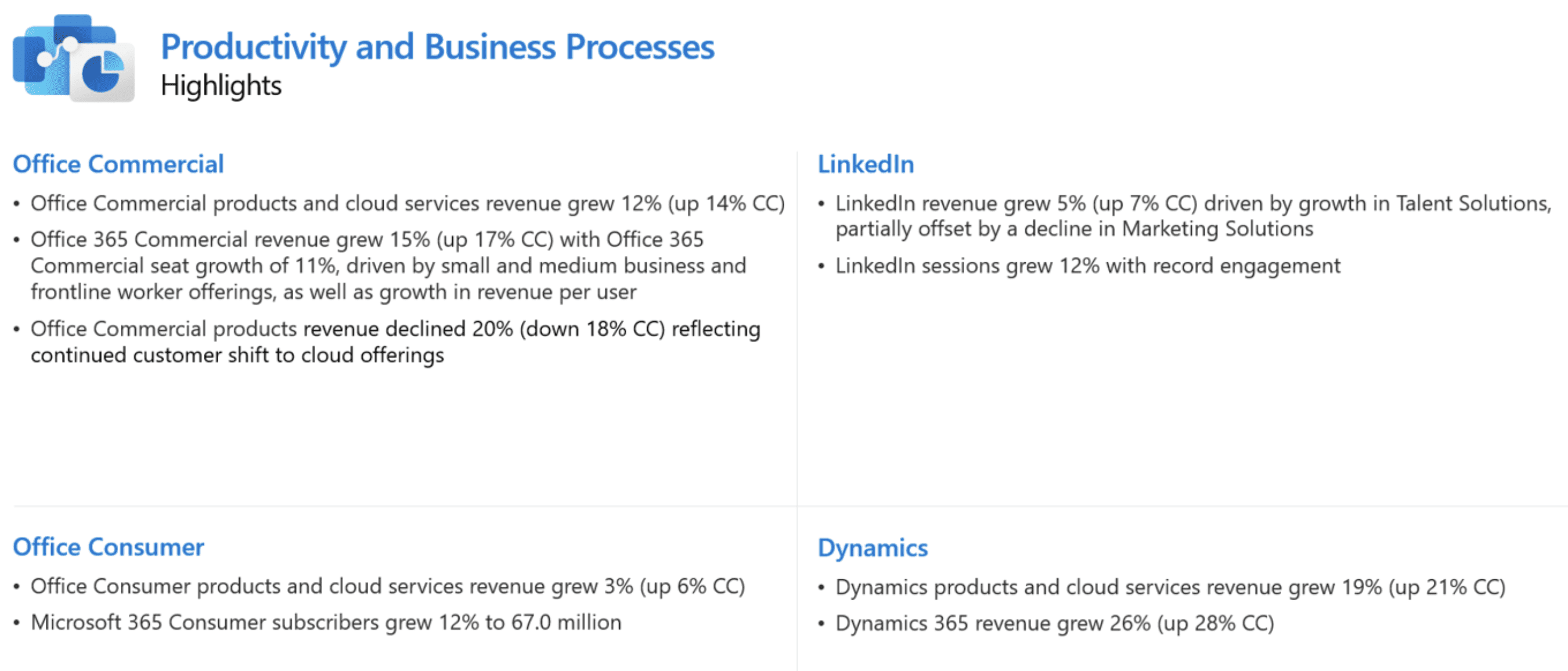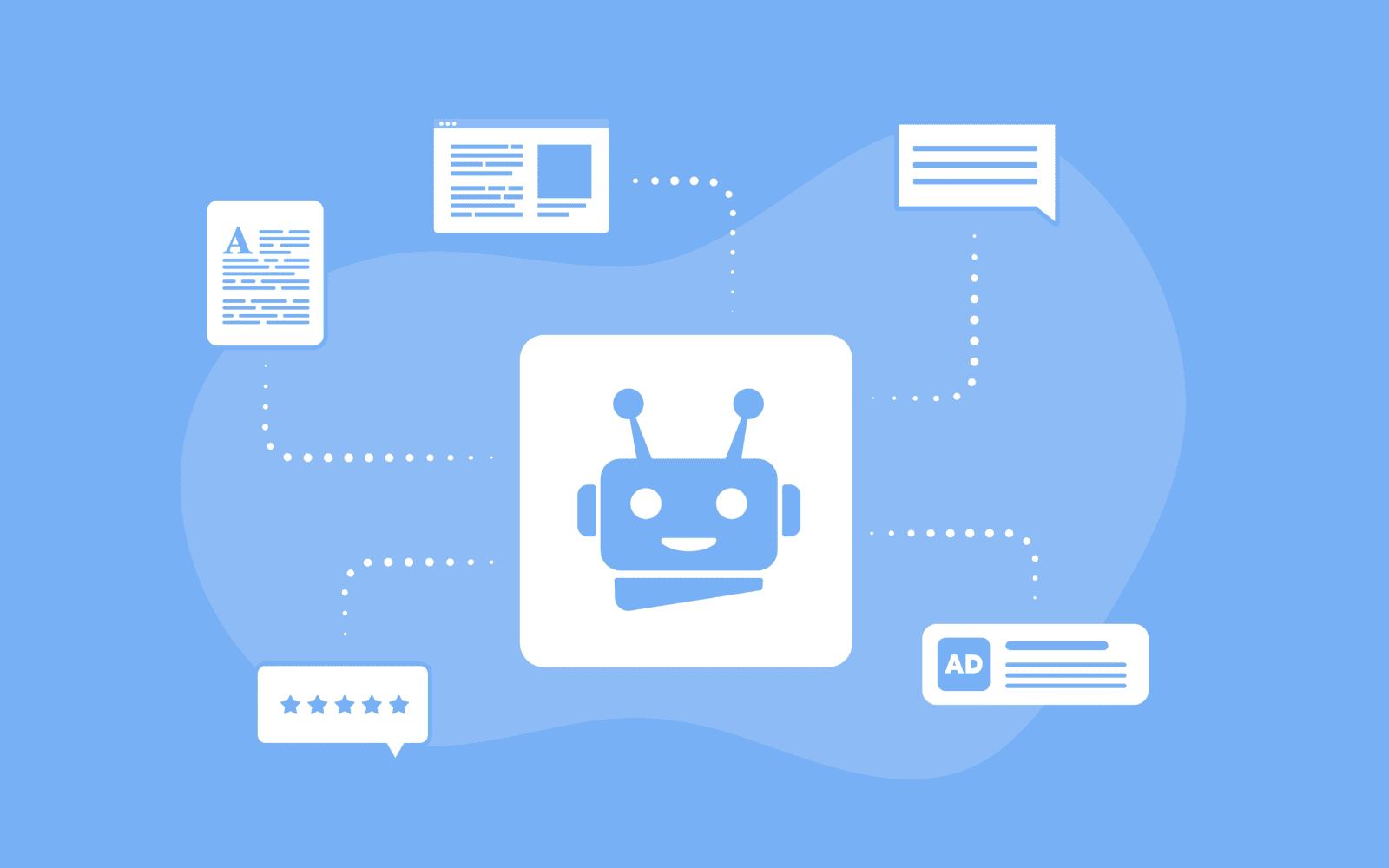When you think of the metaverse, you may picture a person playing a video game while wearing a bulky headset that covers most of their face.
It’s not surprising that digital gaming is one of the early adopters of the metaverse.
But, if the metaverse is all about gaming, Mr. Zuckerburg would not have bet his entire company on it.
In 2021, Facebook’s CEO, Mark Zuckerburg, announced the name change of the company he founded two decades ago from Facebook to Meta – and the concept of the “metaverse” emerged from a niched and futuristic idea, to a mainstream business strategy.
In this article, we will explore what exactly the metaverse means, where it came from, and how it has evolved – and will continue to evolve.
Let’s dive in.
What Is The Metaverse?
Meta defines the metaverse as “the next evolution in social connection and the successor to the mobile internet.”
While this definition is generally true, it’s important to know that Meta doesn’t control the metaverse; no company does.
In fact, rather than thinking of one virtual space called the metaverse, it’s more appropriate to use the plural form, metaverses, at the current stage.
A metaverse can be any 3D virtual space powered by technologies – including virtual reality (VR), augmented reality (AR), artificial intelligence (AI), the Internet of Things (IoT), and blockchain – that allows people to interact with each other (and in some cases, with non-human avatars).
There are many metaverses existing today.
Most of them were created by individual companies and serve a particular purpose. There is little to no interoperability among metaverses, as the standards of sharing user identities and data across different metaverse spaces haven’t been developed yet.
The History Of The Metaverse
The term “metaverse” was first used by sci-fi writer Neal Stephenson in his 1992 novel “Snow Crash.” In the novel, Mr. Stephenson describes a 3D virtual world that people could, in a sense, occupy.
The novel’s main character, Hiro, accesses the metaverse via a personal terminal that projects 3D virtual reality images to his goggles. Hiro’s avatar interacts with other people’s avatars in the metaverse, and in fact, “Snow Crash” is the name of a data file Hiro’s avatar received in the metaverse.
Fiction aside, digital gaming is how the metaverse was introduced to and adapted by consumers in scale. Launched in 2016, Pokémon Go, which incorporated augmented reality into mobile gaming, took the world by storm.
Since then, multiplayer games, such as Fortnite, Minecraft, and Roblox, have provided a virtual environment where players can interact with each other in the form of avatars – creating the foundation of the metaverse.
In 2023, the development and adoption of the metaverse has gone beyond gaming and into other industries.
Metaverse marketing is becoming a buzzword among consumer brands. Major multinational companies, from JP Morgan, Nike, and Adidas, to McDonald’s, all have initiatives to capture the marketing potential of the metaverse.
This creates another level of interconnectivity and a new dimension to our global economy.
The management consulting firm, McKinsey & Company, estimated the metaverse could generate $5 trillion in revenue for businesses by 2030.
How Is The Metaverse Different From The Internet?
Even though the metaverse is often considered the next evolution of the internet, there are significant differences between the two.
The internet, as we know it, is a network of websites.
Initially, websites were created for information distribution only.
Today, websites serve various purposes, from shopping, entertainment, to communication. The emergence of social networks made the internet a channel for people to connect and share their lives with each other.
Even as enormous as the internet is, it’s still a place for storing and sharing information its users generate about what happened in the “real world.”
On the contrary, the metaverse is a virtual world where its users “live” their virtual lives. The activities happening in the metaverse and the data it stores may not have any connection with the “real world.”
In other words, the internet is an extension of the real world, while the metaverse is a virtual space that exists in parallel with the real world.
To understand this difference, consider posting pictures of a dinner gathering with your friends on social media versus having a virtual gathering with your friends in the metaverse.
In the metaverse, you can go about many of your everyday life’s day-to-day interactions and occurrences in your avatar form.
Your avatar can interact with other people’s avatars.
You can conduct many activities in the virtual world as you do in the real world, such as buying and selling goods, attending concerts, going to museums, building or renovating a house, and more.
How NFT And Cryptocurrency Made The Metaverse Possible
To enable commercial activities in the metaverse, the metaverse needs a system to support business transactions.
Trading goods and services in the virtual world have two challenges.
First, it needs a way to determine the value. Since any digital goods can be copied and replicated easily, the metaverse needs a way to identify the authenticity of the goods and the owners.
Just as you won’t pay the same price for a faulty car or a fake Gucci knockoff, you likely don’t want to pay the same price for any digital goods that are replicas of the original – even though they look the same.
Secondly, the metaverse needs a way to transact in the virtual world. It needs virtual currency.
This is where non-fungible tokens (NFT) and cryptocurrencies come to the rescue.
Both NFTs and cryptocurrencies are based on blockchain technology. While the technologies are quite complicated, their usages are quite simple to understand.
NFT acts as a certificate, like the title to a house. Even if the digital product itself can be replicated, the NFT cannot, and is always tied to the original. Hence, they’re called non-fungible tokens.
Cryptocurrency is a natural fit with the metaverse. Since the metaverse is virtual, it is always active, self-sustaining, and creates incredible possibilities in business. And many of these possibilities hold a basis in cryptocurrency.
The advent of Bitcoin in 2009 kicked off the rising popularity of cryptocurrencies over the last decade. However, across the metaverse, Ethereum, which also supports NFTs, is the most popular cryptocurrency.
It’s also common for metaverse platforms to create their own versions of cryptocurrency. For example, the popular NFT art collection marketplace, Bored Ape Yacht Club, has its own cryptocurrency called ApeCoin.
How Do You Get Into The Metaverse?
Currently, there is no standard way to access the metaverse. Different metaverse platforms may have different requirements. But, in most cases, you can start exploring the metaverse with the devices you already have – a computer or a mobile device.
Just like accessing any platform on the internet, you’re typically required to set up a user account.
Most platforms allow users to start for free. If you want to engage in any commercial activities, you’d need to set up a cryptocurrency wallet.
However, to have the immersive experience the metaverse is best known for, you’d need to have a VR headset, such as the Oculus Quest 2.
How Major Brands Are Getting Involved
Some of the businesses preparing for the metaverse include major names such as Nike, Adidas, and Vans.
In October of 2021, Nike filed several trademark applications for its popular slogans and iconography (like “Just Do It” and the iconic checkmark), allowing it to make and sell virtual goods.
This occurred in tandem with Mark Zuckerberg announcing Meta.
Later that year, Nike announced its acquisition of virtual shoe company RTFKT studios, which will help it create shoes to sell in the metaverse. This is great news for sneakerheads everywhere.
Adidas is making its foray into the metaverse with collaborative NFT projects (which have since sold out), creating exclusive collectibles with other artists. Its NFTs collectively sold for over $22 million.
The brand has affirmed the NFT community by investing in NFTs as a company and has bought a large plot of land in the metaverse to host virtual parties and events.
It is one of the first corporations to not only release NFTs but to actually invest in the metaverse ecosystem itself.
Vans is also getting involved. The company has built an online skate park that’s already seen upwards of 48 million visitors. This type of engagement is unparalleled – in-person events simply can’t hold the same capacity of people. Customers can also shop in Vans’ virtual store to earn points and customize an avatar.
But while some brands are sold on the metaverse, others are more hesitant to get involved. With pandemic restrictions easing, many consumers have been eager to connect in person, drawing their interest away from virtual meeting places.
In addition to this, the rise of generative AI as a tool has become a shiny new tool that has captured the interest of both consumers and brands.
These are just a couple of reasons why the metaverse has taken off with some brands but not others.
Advertising And Marketing To Gen Z
A key objective for brands to get into the metaverse is to reach the next generation of consumers: Gen Z.
Digitally native Gen Z has proven to be tricky to market to; They possess an intuitive understanding of technology unprecedented in previous generations.
According to some reports, Gen Z considers digital lives as important as physical ones; for some, there is little to no differentiation. The virtual world and social media are not separate lives but further extensions of their more present, physical reality.
It also makes friendships around the globe more of a present reality and means exposure to brands they might not normally discover.
This boasts a two-fold impact on marketing and selling potential for brands: exposure is unlimited by physical constraints, and physical and digital goods become players of equal value.
Per Nike’s example, a virtual shoe is not of lesser value because it exists in the digital sphere – it holds the capability to compete.
If a brand’s target audience is going digital, it’s no surprise that brands must pursue digital innovation to compete.
As the metaverse plays an increasingly important role as a marketing and commercial channel, advertising in the metaverse will become necessary.
New forms of advertisement will emerge.
3D virtual billboards will be the new display ads, and sponsored avatars will be the new influencers in the metaverse.
B2B Metaverse: Virtual Conferences And Workplaces
The metaverse is as important in the business-to-business (B2B) space as for business-to-consumer (B2C) brands.
The pandemic catapulted society into a new era of digital innovation and created a significant need for advanced technologies that would allow us to continue our everyday business efforts from home.
Companies that depended on conferences and trade shows had to pivot – and fast.
The metaverse offers significant opportunities for companies to meet through virtual reality, saving businesses and attendees money on travel, lodging, and other associated costs.
Numerous start-ups, such as Flox and Virtway Events, are trying to seize the opportunities by offering platforms for businesses to create immersive virtual conferences and events.
Conclusion
The metaverse is still in its infancy stage. While its infrastructure is still being set up, some companies and brands are jumping at the opportunity to be a part of this new world.
It is worth noting, however, that while some brands are diving into the metaverse feet-first, others appear to be stepping back from their metaverse initiatives.
In early 2023, both Disney and Microsoft announced they were shutting down their respective metaverse units. Even Meta seems to be paring down its efforts slightly, having let go of some of its metaverse division employees in recent company layoffs.
But this doesn’t mean the metaverse is going away – far from it.
Much like the internet in the 90s, the metaverse has great potential to shape businesses and people’s lives. The technologies, usages, and business models around the metaverse are rapidly evolving.
As the proliferation of websites highlighted Web 1.0 and the adoption of social media represented Web 2.0, the metaverse could be the signature for Web 3.0.
No one knows how the metaverse will evolve in the future. But one thing is certain – it’s no longer science fiction. It’s already here.
More resources:
Featured Image: Yuganov Konstantin/Shutterstock
